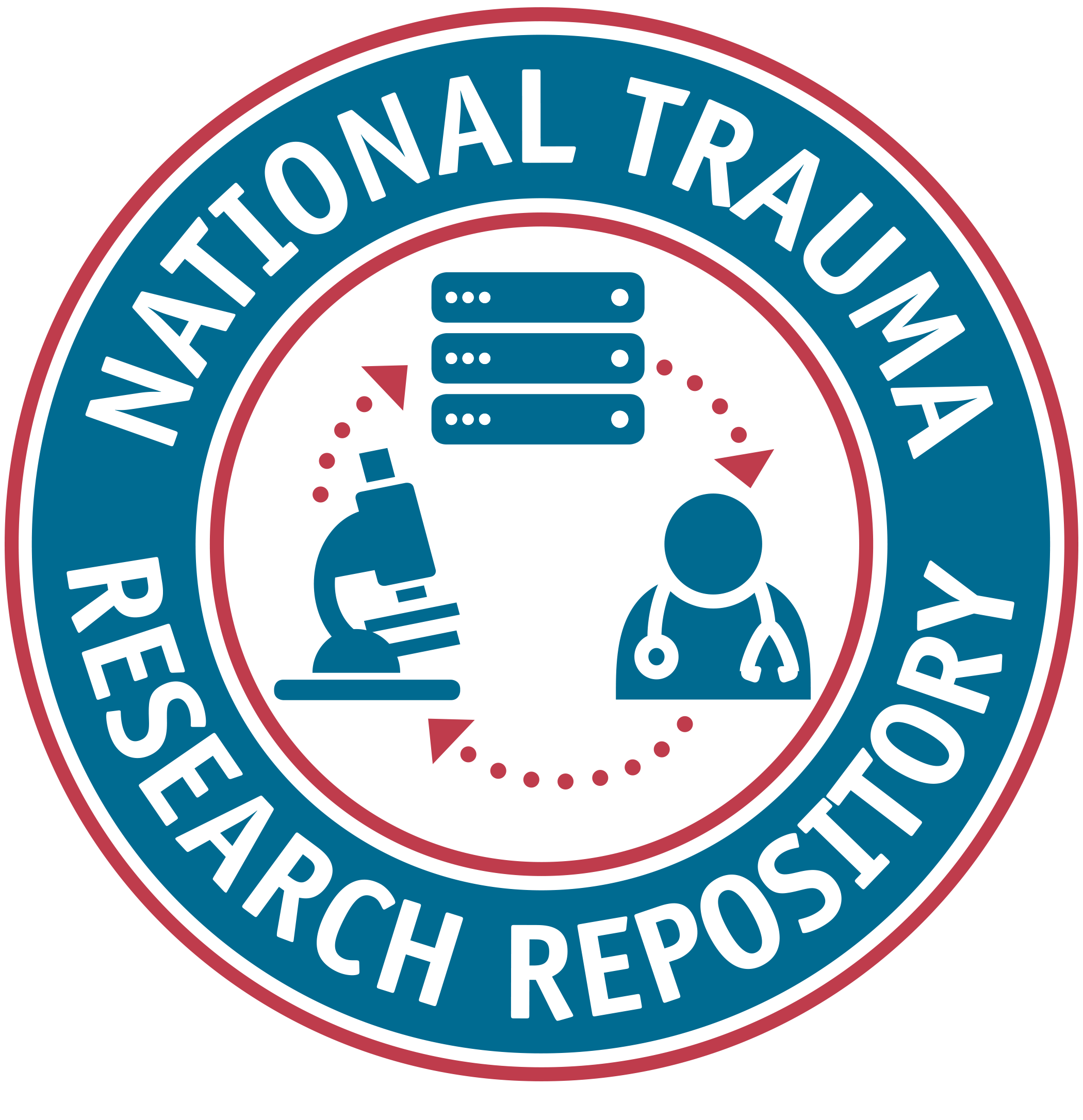Listed below are the details for the data element.
FITBIR
1.10
Element Type
Common Data Element
Adverse event severity scale
AdvrsEvntSeverScale
Short Description
Scale of the severity or intensity of the adverse event
Definition
Scale of the severity or intensity of the adverse event
Notes
CDISC SDTM variables: AESEV
Creation Date
Historical Notes
Adverse event severity scale
References
EPILEPSY/GENERAL/PD: Common Terminology Criteria for Adverse Events (CTCAE) v4.0 (http: //evs.nci.nih.gov/ftp1/CTCAE/About.html)
Data Type
Alphanumeric
Input Restrictions
Single Pre-Defined Value Selected
Population
Adult and Pediatric
Guidelines/Instructions
GENERAL: Choose the one severity that best describes the investigator's assessment of the intensity of the AE. The five severity grades are from the Common Terminology Criteria for Adverse Events v4.0 (CTCAE). Severe events interrupt the participant's/subject's normal daily activities and generally require systemic drug therapy or other treatment; they are usually incapacitating. Consequently, a change in severity may constitute a new reportable AE. Severity is not synonymous with seriousness. A severe rash is not likely to be an SAE. Likewise, a severe headache is not necessarily an SAE. However, mild chest pain may result in a day's hospitalization and thus is an SAE. It is helpful to define the severity categories in the protocol or Manual of Operations to obtain consistency in reporting across sites.
PD: Choose the one severity that best describes the investigator's assessment of the intensity of the AE. The five severity grades are from the Common Terminology Criteria for Adverse Events v4.0 (CTCAE). Severe events interrupt the participant's/subject's normal daily activities and generally require systemic drug therapy or other treatment; they are usually incapacitating. Consequently, a change in severity may constitute a new reportable AE. Severity is not synonymous with seriousness. A severe rash is not likely to be an SAE. Likewise, a severe headache is not necessarily an SAE. However, mild chest pain may result in a day's hospitalization and thus is an SAE. It is helpful to define the severity categories in the protocol or Manual of Operations to obtain consistency in reporting across sites.
EPILEPSY: Choose the one severity that best describes the investigator's assessment of the intensity of the AE. The five severity grades are from the Common Terminology Criteria for Adverse Events v4.0 (CTCAE). Severe events interrupt the participant's/subject's normal daily activities and generally require systemic drug therapy or other treatment; they are usually incapacitating. Consequently, a change in severity may constitute a new reportable AE. Severity is not synonymous with seriousness. A severe rash is not likely to be an SAE. Likewise, a severe headache is not necessarily an SAE. However, mild chest pain may result in a day's hospitalization and thus is an SAE. It is helpful to define the severity categories in the protocol or Manual of Operations to obtain consistency in reporting across sites.
Preferred Question Text
Severity
Category Groups and Classifications
| Disease | Domain | Sub-Domain |
|---|---|---|
| Epilepsy | Safety Data | Adverse Events |
| Parkinson's Disease | Treatment/Intervention Data | Surgeries and Other Procedures |
| General (For all diseases) | Safety Data | Adverse Events |
Classification
General (For all diseases):
Supplemental
Epilepsy:
Supplemental
Parkinson's Disease:
Supplemental
Keywords
AE_Mapped
Adverse_Event
See_also
Knowledge_graph
COVID19
Labels





